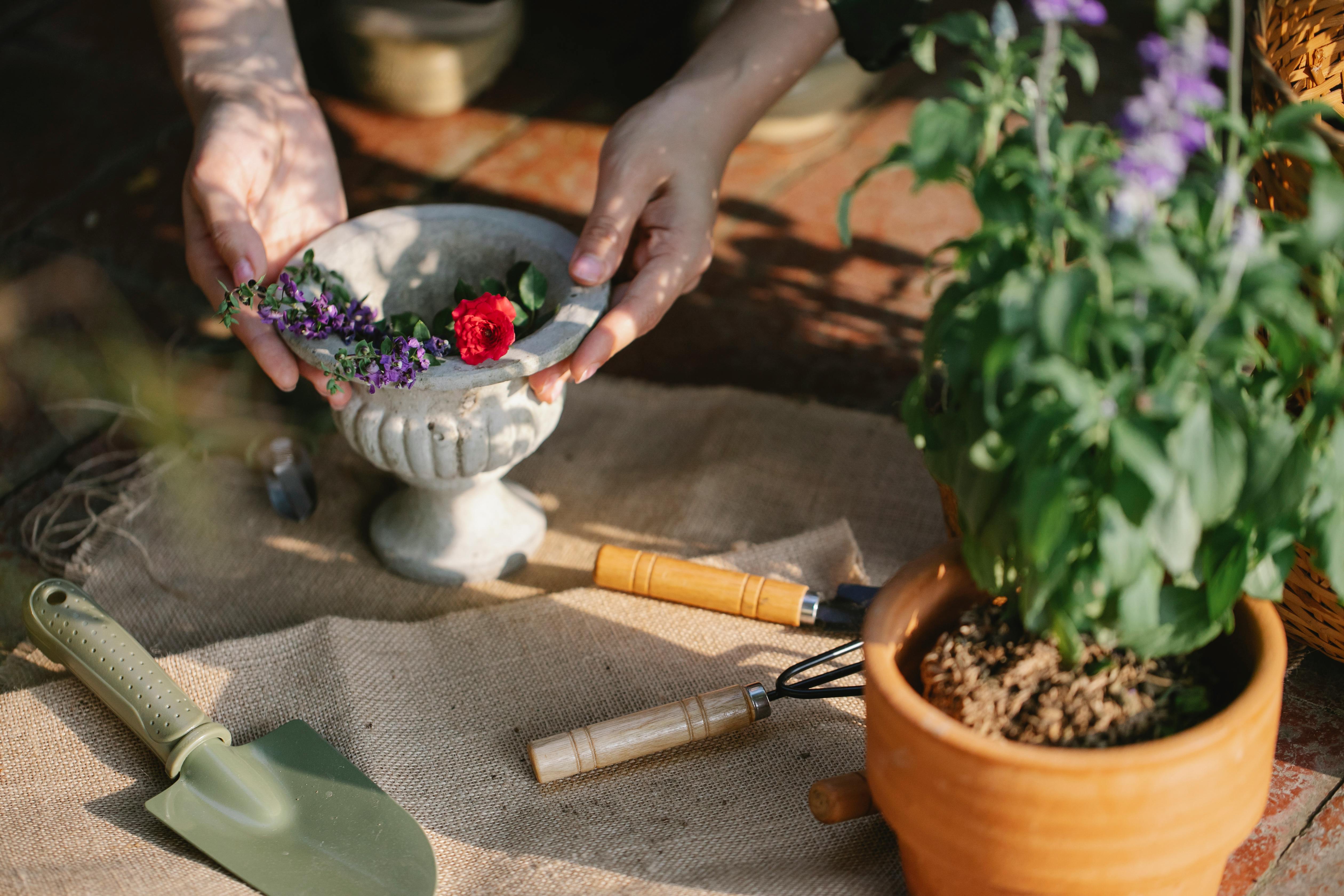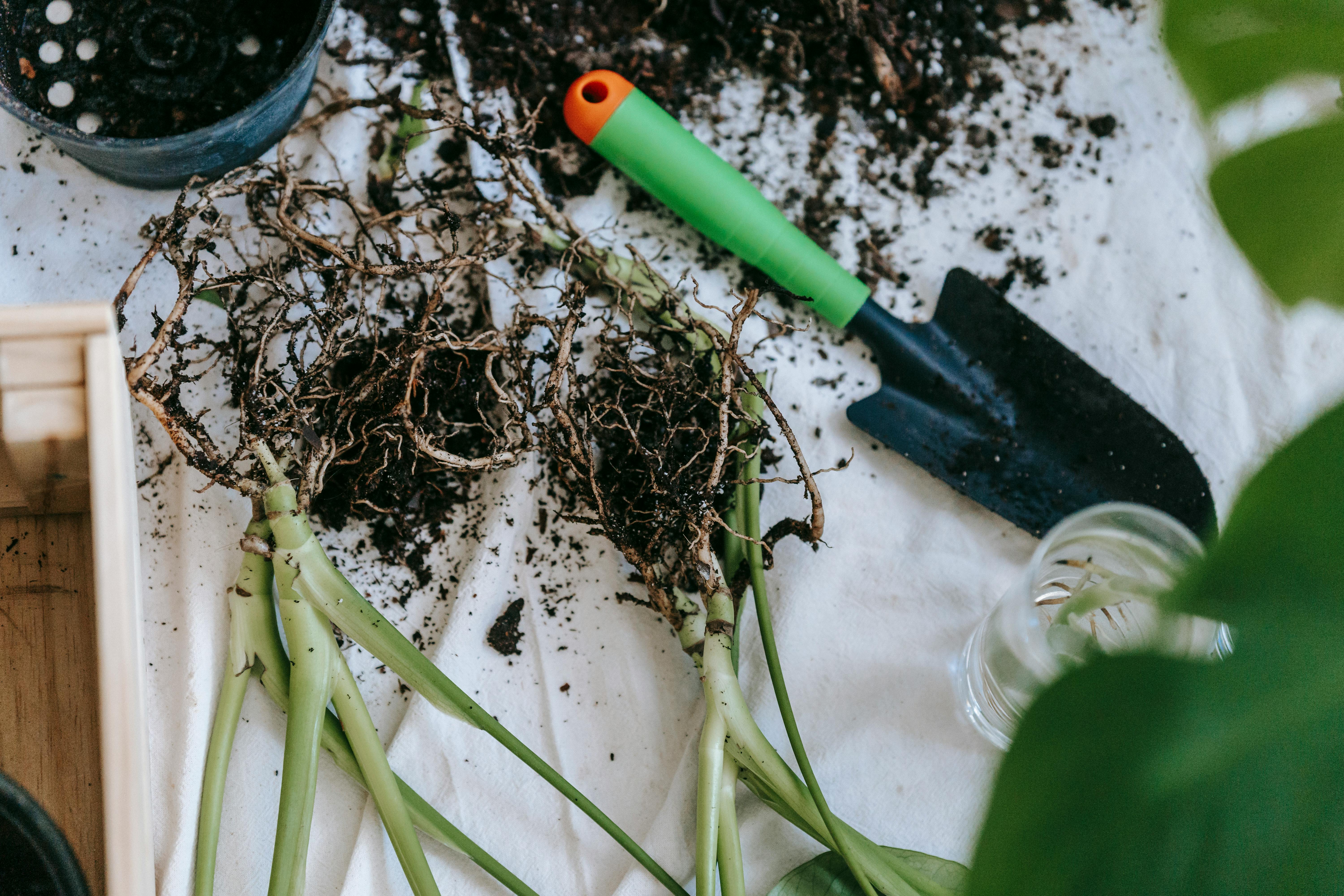Transplanting strawberry seedlings is an important step in the cultivation of strawberries. Transplanting allows you to move your seedlings from their starter pots into larger containers or into the ground, giving them more room to grow and flourish. Knowing when to transplant strawberry seedlings is essential for successful strawberry cultivation.The best time to transplant strawberry seedlings is in the early spring when the soil has thawed and the ground temperature is between 10-15°C. This will allow the seedlings to develop strong roots and establish an optimal growth rate.
Preparing for Transplanting Strawberry Seedlings
Transplanting strawberry seedlings is an important step for anyone looking to grow strawberries. It is also one of the most difficult, and requires careful preparation to ensure successful transplantation. Before transplanting, it is important to prepare the soil, check the seedlings’ health, and know how to properly transplant them.
The first step in preparing for transplanting is to work the soil in the area where you will be planting the strawberries. The soil should be well-drained and rich in organic matter. You should also add a fertilizer that is high in nitrogen and potassium. Once the soil is prepared, you can move on to checking the health of your strawberry seedlings.
It is important to inspect each seedling carefully before planting it. Look for any signs of disease or pest damage. If any of these are present, discard that seedling and use another one instead. Once you have determined that all your seedlings are healthy, you can begin transplanting them.
When transplanting your strawberry seedlings, make sure they are planted at least six inches apart so they have enough space to grow properly. Gently loosen the roots before placing them in their new home and make sure the entire root system is covered with soil when finished. Water your newly transplanted strawberries immediately after planting them and continue to water regularly as they grow.
Following these steps will help ensure successful transplantation of your strawberry seedlings so you can enjoy a bountiful harvest of freshly grown strawberries!
How To Acclimate Strawberry Seedlings Before Transplanting
Acclimating strawberry seedlings before transplanting is an important step in growing healthy, productive plants. Strawberries can be grown from seed, but they need to be acclimated gradually to outdoor conditions before they can be planted permanently. This process is called hardening off and helps the young plants become accustomed to their new environment, making them less susceptible to shock and stress. Here are some tips for acclimating strawberry seedlings before transplanting.
The first step in hardening off strawberry seedlings is to gradually increase their exposure to sunlight and outdoor temperatures. Start by placing the seedlings outside during the day in a sheltered area such as a porch or patio, but make sure they don’t get direct sun during this time. Over the course of several days, gradually increase their exposure until they can handle full sun without wilting or burning.
Next, gradually increase the amount of time they spend outside each day until they are spending most of the day outdoors. This will help them adjust to cooler temperatures and windy conditions that may be present outdoors. Be sure to bring them inside at night so they don’t get too cold.
Finally, reduce watering gradually while the seedlings are outdoors so that they become used to drier soil conditions than what were present when they were indoors. Keep an eye on the soil moisture levels and water when necessary so that the plants don’t dry out completely. Once you have hardened off your strawberry seedlings, you can then transplant them into their permanent location!
Choosing The Right Soil For Transplanting Strawberry Seedlings
When it comes to transplanting strawberry seedlings, it is important to choose the right soil. The type of soil used can have a significant impact on the success of your crop. To ensure that the strawberry plants will grow healthy and strong, you should select a soil that has good drainage, adequate nutrients, and adequate moisture. In addition, you need to make sure that the soil is not too acidic or alkaline. Here are some tips for choosing the right soil for transplanting strawberry seedlings.
The first step is to determine the pH of the soil. The ideal pH range for strawberries is 6.0 to 6.5. If your soil is too acidic or alkaline, you can add lime to raise the pH level or sulfur to lower it. You can purchase a soil testing kit at most garden supply stores and test your soil yourself or hire a professional to perform the test.
The next step is to consider how much organic matter is in your soil. Organic matter helps retain moisture and increases fertility. You can add organic matter such as composted manure or well-rotted manure before planting your seedlings. Additionally, you should check for weed pressure and try to control any weeds before planting.
Finally, you should consider how well-drained your soil is. Poorly drained soils can lead to root rot in strawberries and other problems such as blossom end rot and fruit splitting caused by uneven watering schedules. If your soils are not well-drained, you may need to add sand or other amendments such as peat moss or perlite in order to improve drainage.
By following these tips, you can ensure that you have chosen the right soil for transplanting strawberry seedlings so that they will thrive in their new home!
Transplanting Strawberry Seedlings
Transplanting strawberry seedlings is a great way to start your own strawberry patch. Here are some tips on how to do it successfully.
First, make sure you have the right soil for your strawberry seedlings. The soil should be light and airy, with a pH of 6-7 and a good amount of organic matter. It’s also important that the soil drains well, as strawberries don’t like wet feet.
Next, choose a sunny spot for your seedlings. They need at least 6 hours of direct sunlight per day, so choose a spot that gets plenty of sun throughout the day. Avoid spots that are exposed to strong winds or frost pockets, as these can damage your plants.
When it comes time to transplant, handle the seedlings gently and minimize their exposure to air and sun during the process. Dig holes slightly wider than the pots they were planted in and deep enough so the root ball will sit slightly above ground level when planted in its new home. Make sure there is plenty of room around each plant so they have space to grow and spread out in all directions.
Once you’ve transplanted all your seedlings, water them thoroughly with a hose or watering can and then mulch around them with straw or shredded leaves to help keep moisture in and weeds out. Keep an eye on them over the next few days or weeks until they’re established in their new home and be sure to water regularly during dry spells or hot weather. With these tips in mind, you’ll have success transplanting your strawberry seedlings

How To Plant Strawberries From Seedlings
Strawberries are a great addition to any garden, and planting them from seedlings is a relatively easy process. You’ll need to plan ahead and prepare the soil for the best results. It’s important to have well-draining soil that is enriched with compost and fertilizer, as this will give your strawberries the best chance of thriving. After preparing the soil, you can then plant your strawberry seedlings. Here’s how:
1. Choose a sunny location in your garden that gets at least 6 hours of sun per day. If you don’t have an area that fits these criteria, you can use raised beds or containers instead.
2. Prepare the soil by digging up an area that is roughly one foot square and removing any weeds or debris. Then mix in organic matter such as compost or manure to enrich the soil.
3. Water the area thoroughly before planting your seedlings. This will help to ensure that your plants get off to a good start.
4. Carefully remove each seedling from its pot and place it in the prepared hole, making sure that its roots are covered with soil but its crown (the white part at the base of each plant) is left exposed above ground level.
5. Firmly press down around each plant to ensure good contact between the roots and soil.
6. Give each plant some space – they should be spaced at least 18 inches apart so they have room to grow without competing for resources or light.
7. Water each plant regularly, ensuring that it gets about an inch of water per week (more during dry spells).
8. Apply mulch around each plant to help retain moisture and suppress weeds.
9. Fertilize your plants according to package instructions – this will help them produce more fruit.
10. Keep an eye out for pests and diseases – if you spot anything suspicious, treat it immediately with appropriate chemicals or other treatments.
Once you’ve planted your strawberry seedlings, all you need to do is wait for them to grow! With a little bit of care and attention, you should soon be harvesting delicious strawberries from your own garden!
Selecting the Right Soil
When transplanting strawberry seedlings, selecting the right soil is an important step. The best soil for strawberry plants is one that is well-draining and slightly acidic. The pH should be between 6.0 and 7.0. If the pH of the soil is too high or too low, it can cause nutrient deficiencies in the plants and inhibit growth. It’s also important to choose a soil with plenty of organic matter, such as compost or aged manure, to ensure that there are enough nutrients available to support healthy growth.
Avoiding Transplant Shock
Transplant shock can occur when a seedling is suddenly subjected to a new environment with different temperatures, light levels, and moisture levels than it was used to in its previous environment. To avoid transplant shock, it’s important to gradually introduce strawberry seedlings to their new environment by hardening them off over a period of several days before planting them in their final location. This involves gradually increasing the amount of time they spend outdoors each day until they are able to tolerate full sun for extended periods of time without wilting.
Providing Adequate Water
Strawberry plants need regular watering to thrive. When transplanting strawberry seedlings, it’s important to provide them with adequate water so that the soil is always moist but not soggy. A good rule of thumb is to water deeply once per week during dry spells or anytime when rainfall has been scarce. During hot weather or periods of high winds, it may be necessary to water more frequently.
Fertilizing Properly
Strawberry plants need regular fertilization throughout the growing season in order to stay healthy and produce abundant fruit yields. When transplanting strawberry seedlings, it’s important to use a fertilizer specifically formulated for strawberries that contains nitrogen, phosphorus, potassium, calcium, magnesium and other trace elements necessary for growth and fruiting. It’s best to fertilize every two weeks throughout the growing season following package instructions for application rates based on your specific garden conditions.
Preventing Pests & Diseases
Pests and diseases can cause serious damage or even kill strawberry plants if left unchecked. To prevent pest infestations when transplanting strawberry seedlings, make sure they are planted away from areas where pests are known to congregate such as trash cans or compost piles. Additionally, using mulch around your plants can help keep weeds down which can reduce the risk of some pests and diseases from taking hold in your garden.
Benefits of Transplanting Strawberry Seedlings
Transplanting strawberry seedlings is a great way to produce a larger and healthier crop of strawberries. Transplanting involves taking small, young plants from a nursery and transferring them to an outdoor garden or field. This process has several benefits which make it advantageous for strawberry growers.
One of the main benefits of transplanting is that it allows growers to control the quality of their plants. When growing from seeds, there is no way for growers to know what kind of plants they are getting until they are already in the ground. With transplanted seedlings, growers can select the healthiest and strongest plants for their garden or field. This improves the overall quality and yield of the crop.
Another advantage of transplanting is that it speeds up the growing time. Seedlings are much further along in their development than seeds, meaning they can be harvested much sooner than if grown from scratch. This makes it easier for growers to get their crop to market quickly, ensuring that they receive maximum profits on their investment.
Finally, transplanting strawberry seedlings also helps protect against diseases and pests. By introducing only healthy plants into the garden or field, it reduces the chances that diseases or pests will spread throughout the crop. It also allows growers to use fewer pesticides, which can help reduce environmental pollution.
In conclusion, transplanting strawberry seedlings is an effective way for growers to produce larger and healthier crops with maximum efficiency and profits. By selecting healthy seedlings and introducing them into a garden or field, growers can enjoy all these benefits without sacrificing quality or yield.

Conclusion
Transplanting strawberry seedlings can be an effective way to expand your strawberry crop. It is important to remember that the right time to transplant is when the seedlings are at least two inches tall. The soil should be moist but not wet, and the temperature should be between 45 and 70 degrees Fahrenheit. If the conditions are right, transplants should have a survival rate of at least 80-90%.
It is important for gardeners to plan their transplanting schedule carefully, as well as consider any potential pests that may interfere with the process. Additionally, gardeners should take care to ensure that their transplants receive adequate water and fertilizer throughout the growing season in order to promote healthy growth. With proper planning, gardeners can successfully transplant strawberry seedlings and enjoy a bountiful harvest.



